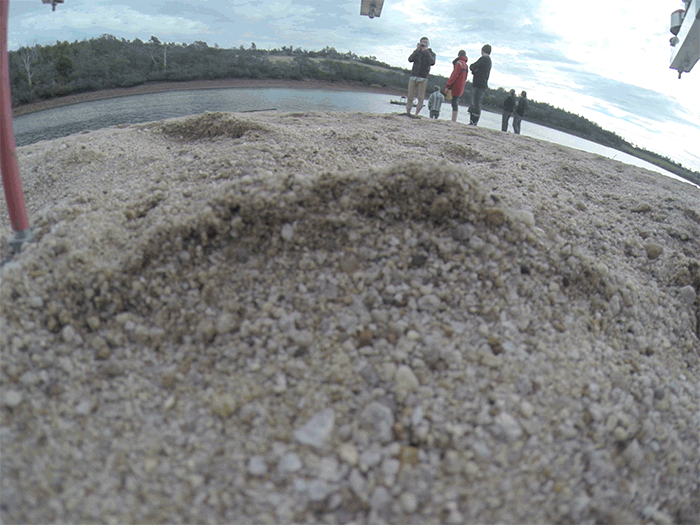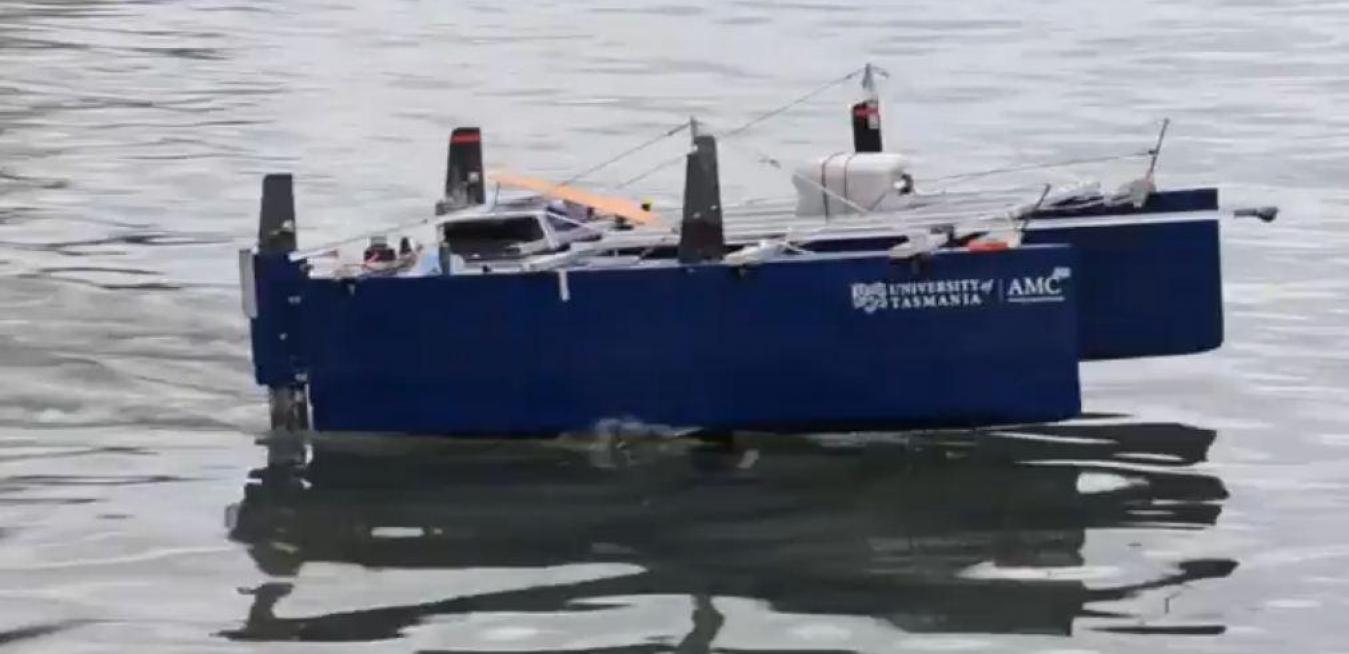But before the robots make it to Saturn, he needs to learn how to make them operate independently. To do this, Reuben and a team of robotics enthusiasts are starting their journey by entering competitions here on earth.
“We started by looking for robotics competitions around the world, and entered anything we thought we’d be capable of building,” says Kent.
We’ve made all kinds of things, not just aquatic vehicles, but also flying vehicles and we’re looking at making it possible for the subsea vehicle to communicate with a hydrofoil on the surface, so that they work together to gather data.
This group of self-made inventors came together in 2012, inspired by exploration of deep-sea trenches and shipwrecks like the Titanic. Reuben, together with five other undergraduates from the University of Tasmania set out on a mission to turn whatever knowledge and equipment they could find into real, functional robots.






